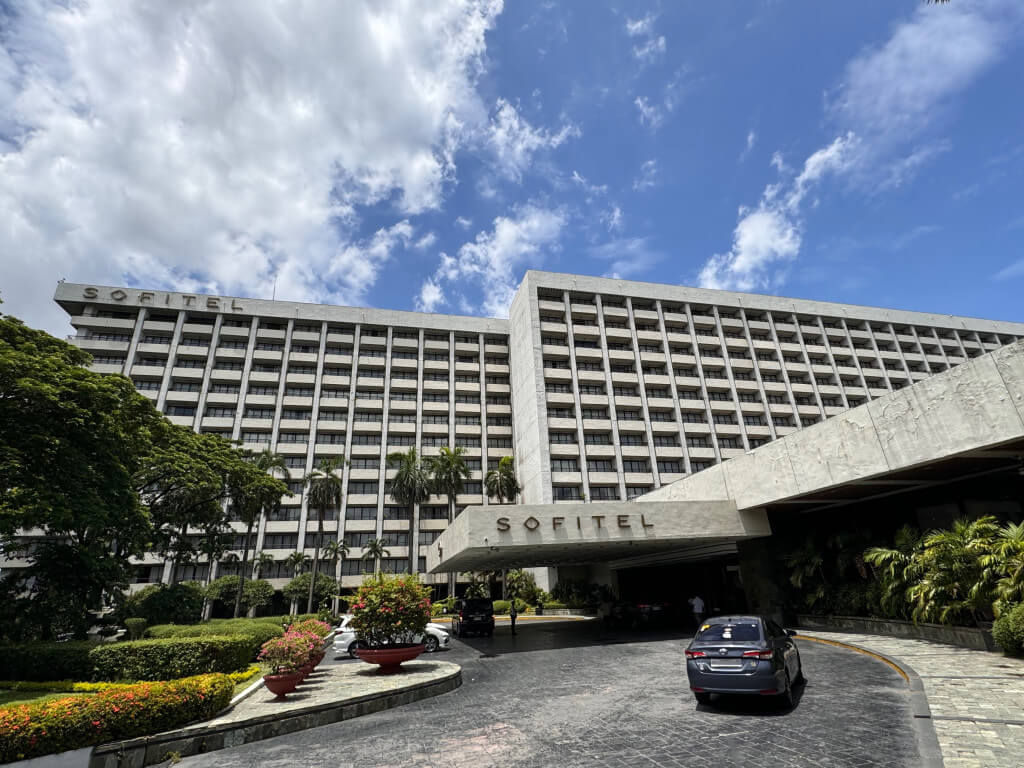

After all, despite posting an external trade deficit of $1.04 billion the year prior, and recording a significant drop in sugar export earnings due to dismally low commodity prices, 14 gleaming new international-standard hotels now dotted the metropolis, all furiously built during an unprecedented construction frenzy.
The impetus? The annual meeting of the World Bank and the International Monetary Fund to be held in October of that year which saw 3,000 delegates — led by World Bank president Robert McNamara — in attendance.
Enticed by full government support via easy (read: cheap) financing from the Development Bank of the Philippines (DBP) and from the Government Service Insurance System (GSIS), would-be hoteliers including so-called cronies of the powers-that-be received a total of $260 million in loans according to state figures. Industry estimates placed the figure closer to $500 million.
Other incentives offered, this time from the Board of Investments, were tax and duty-free importation of capital equipment and an income tax holiday for the first five years of operation.
“Businessmen sat up and took notice,” writes Erlinda Enriquez-Panlilio in her book Teacher to Tycoon as she recounts the events that marked that period. “It was considered prestigious to own a hotel. The idea tickled their egos.”
So, in this piece, and against this backdrop, we take a look at some of the hotels that rose during that heady period — some still in business, others either abandoned or long demolished, and one about to close its doors for good.
Sofitel Manila (formerly Philippine Plaza)
Of the new hotels that opened at this time, it was the 700-room Plaza Hotel (later the Westin Philippine Plaza and now the Hotel Sofitel (which will close on July 1, 2024 after 51 years) that was the showcase project.
Spearheaded by First Lady Imelda Marcos and designed by National Artist Leandro Locsin, the Plaza’s main draw was its unimpeded view of the famed Manila Bay sunset. Its outdoor amenity area, designed by National Artist Idelfonso Santos boasted of an inviting lagoon pool dotted with palm trees, which easily lent itself to lounging around with a refreshing drink or taking a cool dip. In-house nightspots meanwhile were Siete Pecados (literally meaning “Seven Sins”) and Lost Horizon.
Manila Midtown Ramada
Built on the former site of Assumption Herran in Ermita, the 581-room Manila Midtown was tycoon John Gokongwei’s initial foray into the hospitality business, partnering with American multinational hotel chain Ramada as operator and Arcenas, Payumo, Dee & Andrews as architect.
Its Cusco Lounge played host to the popular show band Something Special, drawing huge crowds during its heyday, and its 2,800 capacity ballroom, theater-style, was said to be the largest in the city.
Citing “continued poor business performance” however, the Midtown closed its doors on May 31, 2003, and was eventually demolished to give way to the Robinsons Place Residences condominium development and further mall expansion.
Silahis International Hotel (later Grand Boulevard Hotel)
Famous for being home to the Playboy Club Manila, the 564-room Silahis International Hotel later known as the Grand Boulevard formed part of the homegrown Sulo Group of Hotels and Restaurants founded by Trinidad Diaz Enriquez, who was closely associated with Mrs. Marcos.
Designed by architect Roger Villarosa with convex windows that created the illusion of extra space and depth, among its attractions were a unique outside scenic elevator, the Stargazer disco on the 19th floor equipped with state-of-the-art laser and strobe lights, plus the famed Capriccio Italian resto.
Beset with problems including issues relating to tax-arrears with the City Government of Manila as well other legal and ownership tussles notably with William Gatchalian’s Waterfront Philippines, the property was — under demolition work began late last year — an abandoned and a decaying eyesore, a shadow of its former self on Roxas Boulevard.
Regent of Manila (now Heritage Hotel)
Among those who cashed-in on the hotel boom was Catanduanes Congressman Jose M. Alberto of the ruling Kilusang Bagong Lipunan political party, sponsor of the upscale, 467-room Regent of Manila along Roxas Boulevard corner EDSA in Pasay City, and designed by architect Gabriel Formoso.
In 1985, at least 27 persons — mostly foreign guests — perished in a tragic blaze that engulfed the property right after midnight, with survivors among the hotel staff reporting simultaneous explosions on the second and ninth floors.
A group who branded themselves “The Angels” — ostensibly protesting continuing US and Japanese support for the Marcos regime — was said to have claimed responsibility.
Following extensive renovations in the 1990’s and under new ownership, it has since resumed operations as the Heritage Hotel under the management of Millennium & Copthorne Hotels of Singapore.

Features Reporter
